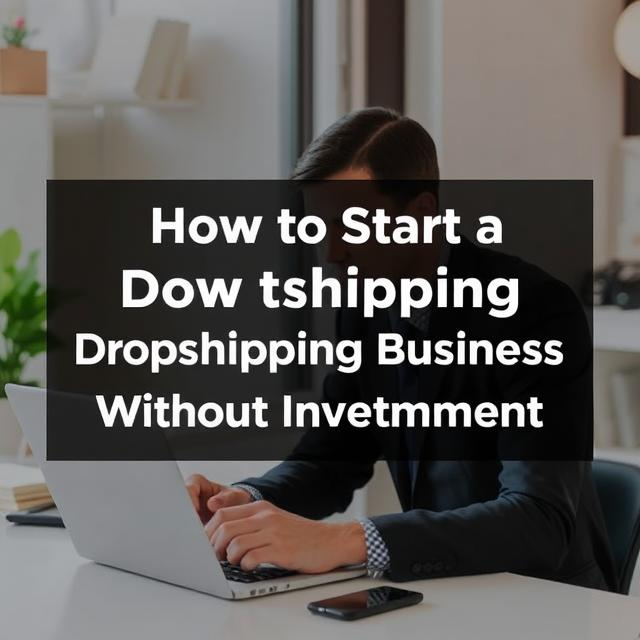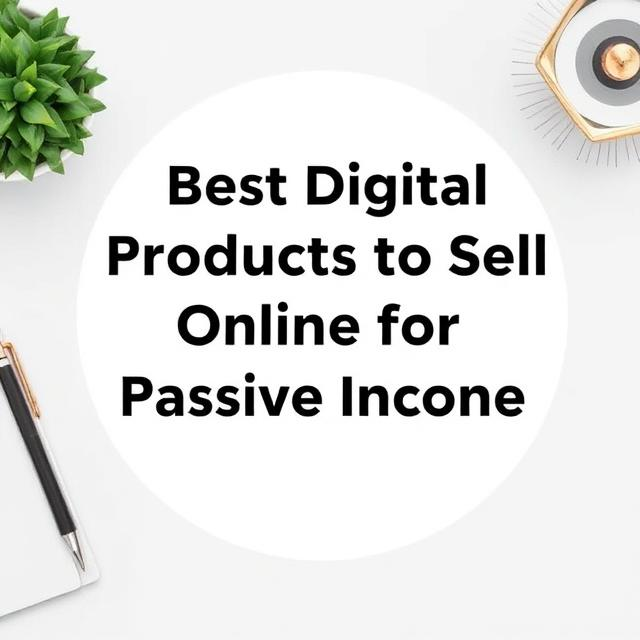Dropshipping is among the most attractive business models for aspiring entrepreneurs looking to enter the e-commerce industry without a significant upfront investment. Unlike traditional retail businesses, dropshipping eliminates the need to purchase inventory in advance or handle order fulfillment. Instead, a third-party supplier manages the inventory and ships products directly to customers on your behalf. This guide will walk you through the process of starting a dropshipping business with zero investment and scaling it into a profitable venture.
1. Understanding the Dropshipping Business Model
Dropshipping is a retail fulfillment method where the seller doesn’t keep products in stock. Instead, when a customer makes a purchase, the order is forwarded to a supplier who ships the item directly to the customer. The seller earns a profit by marking up the supplier’s price.
This business model has several advantages:
- No need for upfront inventory investment
- Low operational costs
- Flexibility to operate from anywhere
- Wide product selection without storage concerns
- Easier scalability than traditional e-commerce
One of the most appealing aspects of dropshipping is the ability to start with minimal risk. Since you don’t have to invest in inventory, you avoid the common pitfalls of overstocking or being stuck with unsold products. Additionally, dropshipping allows you to quickly test and pivot product offerings based on demand without financial loss.
Since the supplier handles inventory and shipping, your primary focus will be on marketing, customer service, and building your brand. Success in dropshipping often comes down to choosing the right products, effective marketing strategies, and providing excellent customer support to retain customers.
2. Choosing a Profitable Niche
Selecting the right niche is crucial to the success of your dropshipping business. A niche is a specific category of products that cater to a target audience. When choosing a niche, consider the following factors:
- Demand: Look for products with steady demand rather than seasonal trends.
- Competition: Avoid overly saturated markets dominated by large retailers.
- Profitability: Choose products with a good markup potential.
- Passion and Knowledge: Picking a niche you are passionate about can make marketing easier.
Some profitable niches include:
- Eco-friendly and sustainable products
- Pet accessories
- Fitness and wellness products
- Tech gadgets and accessories
- Home decor and organization items
Use tools like Google Trends, Amazon Best Sellers, and Facebook Audience Insights to research trending niches. The best niches are those with high engagement potential, meaning customers are passionate about these products and actively searching for them. By analyzing customer pain points and their willingness to spend, you can identify products with the best conversion potential.
Another important aspect to consider is product uniqueness. If you sell generic products that are widely available, it will be harder to stand out. Look for trending, problem-solving, or customizable products to differentiate your store.
3. Finding Reliable Suppliers
Without investment, your best bet is to work with dropshipping suppliers who offer free memberships. Some of the top platforms include:
- AliExpress – A vast selection of products with direct supplier communication.
- CJ Dropshipping – Competitive prices and fulfillment options.
- Spocket – US and European-based suppliers for faster shipping.
- Zendrop – User-friendly platform with automated order fulfillment.
When choosing a supplier, look for:
- High product quality
- Good customer reviews
- Reliable shipping times
- Responsive customer support
The key to success in dropshipping is partnering with suppliers who have a strong track record of timely order fulfillment and product quality. Conduct thorough research, order test samples if possible, and check supplier reviews before committing to a partnership.
4. Creating Your Online Store for Free
To start dropshipping without investment, leverage free e-commerce platforms like:
- Shopify (free trial, then paid) – Beginner-friendly with powerful features.
- WooCommerce (WordPress-based, requires hosting) – Great for customization.
- BigCartel – Free for up to five products.
- Ecwid – Free for a small number of products.
For a completely free solution, you can create a store using WooCommerce with free hosting options like InfinityFree or 000webhost. Alternatively, use a free Shopify trial to get started and pay once you generate revenue.
Website optimization is key to building credibility and increasing conversion rates. Focus on:
- A clean and professional design
- Mobile responsiveness
- Fast loading speed
- Easy navigation and checkout process
Additionally, having a strong brand identity with a well-crafted logo, engaging product descriptions, and high-quality images will help set your store apart from competitors.
5. Adding Products and Optimizing Listings
Once you’ve selected a platform, add products to your store with optimized listings. Here’s how:
- Write compelling product descriptions – Highlight benefits and features.
- Use high-quality images – Get them from the supplier or create custom mockups.
- Set competitive pricing – Markup prices to ensure a profit margin.
- Optimize for SEO – Use relevant keywords in titles and descriptions.
The success of a dropshipping business depends on presenting your products in an appealing and convincing way. Consider adding customer testimonials, product reviews, and engaging videos to boost trust and conversions.
6. Marketing Your Dropshipping Store for Free
Without an advertising budget, organic marketing strategies will be your best friend. Here are some free marketing tactics:
Social Media Marketing
- Create Instagram and TikTok accounts and post engaging content.
- Use relevant hashtags to increase visibility.
- Engage with your target audience in niche Facebook groups.
Content Marketing
- Start a blog related to your niche and optimize it for SEO.
- Share helpful guides and product reviews to drive traffic.
Influencer Collaborations
- Reach out to micro-influencers for product reviews in exchange for commissions.
Email Marketing
- Offer a freebie or discount in exchange for emails.
- Use free tools like Mailchimp (up to 500 subscribers free) to send newsletters.
SEO Optimization
- Optimize product pages and blogs for search engines to attract organic traffic.
- Use tools like Ubersuggest or Google Keyword Planner to find keywords.
Building an audience on social media takes time, but consistency in posting, engaging with potential customers, and offering valuable content can help you attract organic traffic.
7. Managing Orders and Customer Service
Providing excellent customer service is crucial for building a trustworthy brand. Since suppliers handle order fulfillment, you should:
- Monitor orders and provide updates to customers.
- Respond promptly to customer inquiries.
- Handle refunds and returns according to supplier policies.
Good customer service not only increases the chances of repeat purchases but also enhances brand reputation, leading to more word-of-mouth referrals.
8. Scaling Your Dropshipping Business
Once your store gains traction, reinvest profits into paid advertising and automation tools to scale the business. Here’s how:
- Invest in Facebook and Google Ads – Once you start earning, paid ads can help scale sales.
- Use automated tools – Shopify apps like Oberlo and DSers can simplify order processing.
- Expand product range – Introduce complementary products to increase average order value.
- Create a brand – Consider private labeling or custom packaging to differentiate yourself.
Conclusion
Starting a dropshipping business without investment is possible if you leverage free resources, organic marketing strategies, and reliable suppliers. While the initial phase may require time and effort, it is a low-risk business model that can turn into a profitable venture with the right approach. Focus on niche selection, product sourcing, and effective marketing, and you’ll be on your way to building a sustainable dropshipping business. Start today and take the first step toward financial independence!






Leave a Reply